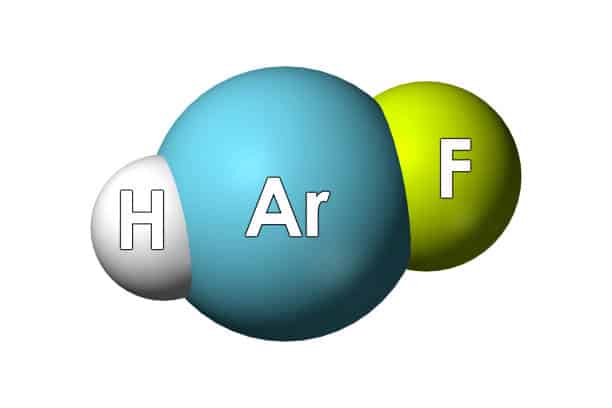Valence electrons are the outermost electrons in an atom. They play a crucial role in chemical bonding, determining how atoms connect to form molecules. This concept is essential when asking, “How many valence electrons does carbon have?” These electrons are responsible for the unique properties and reactions of each element.
The Role of Valence Electrons
Valence electrons are key in forming bonds. They can be shared, gained, or lost during reactions, forming different compounds. The number of valence electrons in an atom dictates its reactivity and the type of bonds it can form.
Periodic Table and Valence Electrons
The periodic table is a powerful tool in chemistry. It organizes elements by increasing atomic number and indicates the number of valence electrons. This information helps chemists predict how elements, like carbon, will behave in chemical reactions. Understanding the valence electrons of carbon is foundational in chemistry, opening doors to a deeper understanding of molecular structures and interactions.
Carbon: A Fundamental Element in Chemistry
Carbon is a standout element in the periodic table, known for its remarkable properties and versatility. Its unique characteristics stem from its electron configuration, particularly its valence electrons.
How Many Valence Electrons Does Carbon Have
Situated in Group 14, carbon is a nonmetal. It’s notable for its four valence electrons. This key feature answers the question, “How many valence electrons does carbon have?” These four electrons are pivotal in its ability to bond with various elements.
Carbon’s Role in Organic Compounds
Carbon’s four valence electrons enable it to form strong covalent bonds. This capacity leads to an incredible variety of complex organic molecules. Carbon is the backbone of life on Earth, present in DNA, proteins, carbohydrates, and more. Its ability to create chains and rings through single, double, or triple bonds makes it a cornerstone in organic chemistry.
Understanding carbon’s valence electrons is more than a simple fact. It’s a gateway to grasping the complexity and beauty of chemical structures and reactions. Carbon’s versatility is fundamental to both inorganic and organic chemistry, highlighting its central role in our understanding of the molecular world.
Understanding Carbon’s Valence Electrons
Carbon is renowned in the world of chemistry for its distinctive electron configuration. This configuration is key to understanding its chemical behavior and bonding capabilities.
Carbon’s Electron Configuration
Carbon is located in the second period and Group 14 of the periodic table. It has six electrons in total. Of these, four are valence electrons. These are the electrons involved in forming bonds with other atoms. Carbon’s ability to have four bonds makes it incredibly versatile in forming compounds.
Significance of Carbon’s Four Valence Electrons
These four valence electrons are crucial. They allow carbon to form a wide variety of molecules by sharing electrons with other elements. Carbon can bond with many elements, including hydrogen, oxygen, and nitrogen, forming diverse organic compounds. Its ability to create single, double, or triple bonds makes it unique. This versatility is fundamental in organic chemistry, where carbon-based compounds are ubiquitous.
Carbon’s role in chemistry cannot be overstated. Its four valence electrons are many types of chemical reactions, forming an array of compounds essential to life and industry. Understanding carbon’s valence electrons is a key step in mastering the basics of chemistry.
Implications of Carbon’s Valence Electrons in Chemical Reactions
Carbon’s four valence electrons make it a cornerstone in chemistry. They allow carbon to form a wide range of compounds, influencing many chemical reactions and applications.
Carbon in Organic and Inorganic Compounds
Carbon’s ability to form four bonds leads to countless organic and inorganic compounds. It’s vital in fields like biochemistry, where it’s part of DNA, proteins, and carbohydrates. In material sciences, carbon’s versatility is seen in substances ranging from plastics to diamonds.
Real-World Applications
The diverse bonding capacity of carbon’s valence electrons has practical implications. It’s crucial in pharmaceuticals, agriculture, and energy sectors. This versatility shows why understanding carbon’s valence electrons is essential for chemical mastery. It highlights carbon’s role in both natural and synthetic processes, underlying its significance in science and industry.
Conclusion
Carbon’s four valence electrons are more than a simple fact in chemistry; they are the cornerstone of an immense array of chemical phenomena. This unique attribute of carbon is central to understanding its role in forming diverse molecular structures and engaging in various chemical reactions.
Carbon’s versatility is unmatched in both organic and inorganic chemistry.
Its ability to form multiple bond types with various elements makes it indispensable in numerous scientific and industrial applications. Understanding carbon’s valence electrons is crucial for learning chemistry and appreciating molecular interactions. Understanding this knowledge improves basic chemistry and allows for materials science, pharmaceuticals, and beyond advancements.
Frequently Asked Questions
Carbon has four valence electrons.
They determine carbon’s ability to form various bonds, making it essential in organic and inorganic chemistry.
Carbon can form single, double, and triple bonds, allowing for a wide range of compounds.
No, carbon is crucial in organic and inorganic chemistry, contributing to many compounds.
Its four valence electrons make it highly versatile and reactive, able to bond with many elements.
Carbon is a fundamental element in biochemistry, forming the basis of DNA, proteins, and carbohydrates.
Reference
- How many valence electrons does carbon have – homework.study.com
Read Also
- How to Get Sharpie Off Skin: Quick-Fix Solutions for Stubborn Ink Stains
- How to Paint Clouds: Serene Mastery in Sky Artwork
- How to Find Average Velocity: Dynamic Calculations for Physics Enthusiasts
- How Long are Car Seats Good for: Child Safety Gear Lifespan
- How to Record Video on Mac: Computer Media Capture Guide






